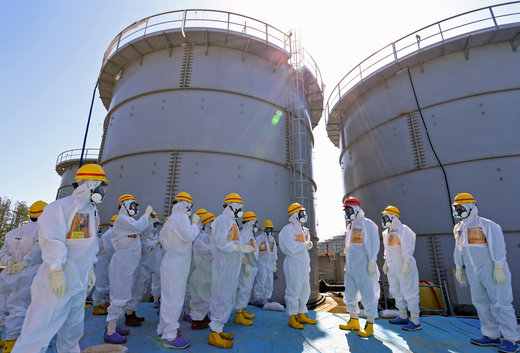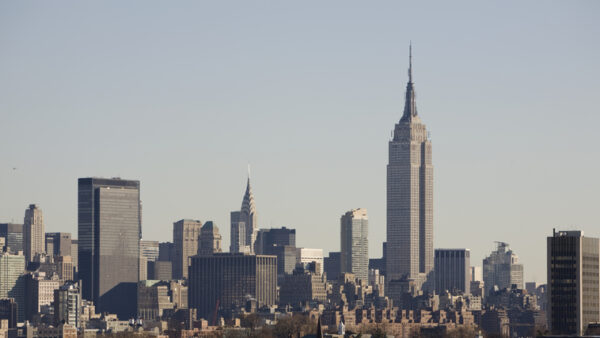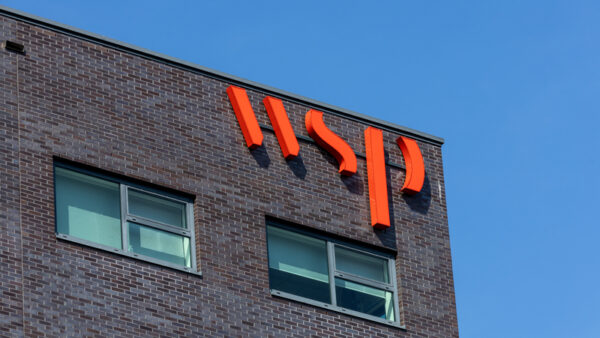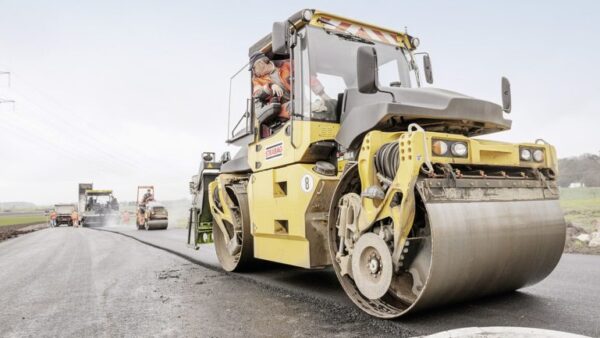28 January 2014
Japan’s largest corporation admits to unwittingly employing homeless men rounded up by gangs on $35bn nuclear decontamination project.
Japanese police are investigating the involvement of Yakuza organized crime syndicates in recruiting workers for decontamination subcontractors employed by the Obayashi Corporation, the largest construction firm in Japan.
Obayashi is one of more than 20 major contractors involved in the $35bn, government-funded project to remove the fall-out from the Fukushima nuclear plant. It has not been accused of any wrongdoing, but it is thought that members of Japan’s three largest criminal syndicates have set up black-market recruiting agencies to supply it with workers.
In January, October and November of last year, police arrested suspected members of the Yamaguchi-gumi, Sumiyoshi-kai and Inagawa-kai crime syndicates on charges of recruiting workers for less than the minimum wage.
In the October case, homeless men were rounded up in the city of Sendai, then taken 50km to Fukushima City where they were put to work removing topsoil, cutting grass and scrubbing down houses around the destroyed nuclear plant. The men reported up through a chain of three other companies to Obayashi.
According to the Japanese police, only a third of the money allocated for wages by Obayashi made it to the homeless men. After deductions for food and lodging, some of the homeless men ended up in debt to their labour agency.
Fujisai, one of Obayashi’s subcontractors, was fined $10,000 for breaking labour laws. Kenichi Sayama, the general manager of Fukisai, told Reuters: “If you don’t get involved with gangs, you’re not going to get enough workers. The construction industry is 90 per cent run by gangs.”
ENR ranks Obayashi as the 17th largest contractor in the world with an annual turnover of $51.6bn.
A spokesperson for the corporation told Reuters: “We are taking it very seriously that these incidents keep happening one after another.”
He added that the company had tightened its scrutiny of its lower-tier subcontractors in order to avoid doing business with gangsters. “There were elements of what we had been doing that did not go far enough,” he said.
The Fukushima nuclear power station was hit by a tsunami in March 2011 and suffered meltdowns in three of its nuclear reactors and a hydrogen explosion in the fourth. The disaster left an area of contamination equal to the size of Hong Kong, and prompted the largest decontamination exercise in history.

Japanese Prime Minister Shinzo Abe, third from right, being briefed Fukushima Dai-ichi nuclear power plant executives after the discovery of contaminated water leaks in September 2013 (JAPAN POOL/AFP/Getty Images)
It has been estimated that the work may take as long as 40 years, and end up costing something like $100bn.
That work has fallen behind schedule, hampered by a chaotic contractual structure and a shortage of operatives willing to undertake the work. The shortage of labour has led to a bounty of $100 being offered to agencies for each worker hired, and the lack of controls has allowed organised crime hire homeless men on illegal terms.
A Reuters investigation found that in the 10 most contaminated towns, 733 companies were performing work for the Ministry of Environment. Fifty-six of the subcontractors undertaking worth a total of $2.5 billion in the most radiated areas of Fukushima would have been barred from traditional public works because they had not been vetted by the construction ministry.
It found five firms that had no construction ministry registration, no listed phone number or website, all of which are hallmarks of a “shadow contractor” set up by criminal gangs.
At the Fukushima plant itself the 20-mile “evacuation zone” continues to be in force and the plant is ringed by the ghost towns of Namie, Tomioka, Okuma, Futaba. Radiation levels are 100 times higher than the normal background level.
It is “a disaster that never ends”, said The Guardian newspaper put it in a recent eye-witness report.
Meanwhile, efforts are continuing to find a way to find a way to make the damaged reactors safe in the medium term. A team from the CBS network visited the plant yesterday and saw some of the fuel being recovered from the fourth reactor, however the technology does not exist to approach the three reactors that suffered meltdown.
At present, the nuclear cores are being cooled by pumping water around them, an approach that creates the problem of finding ways to store the contaminated water.
In September last year it was reported that the Japanese government was planning to spend $473m on the construction of a wall of frozen earth around the reactors using buried pipes circulating with coolant to prevent contaminated water seeping into the sea.






